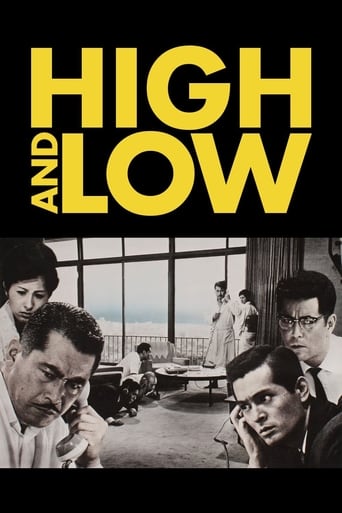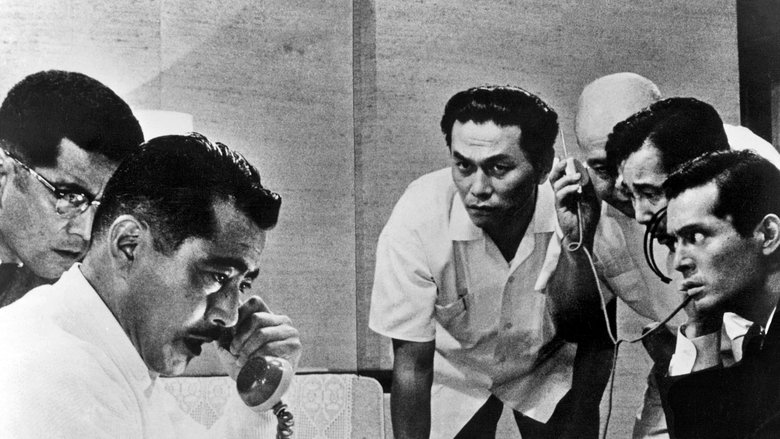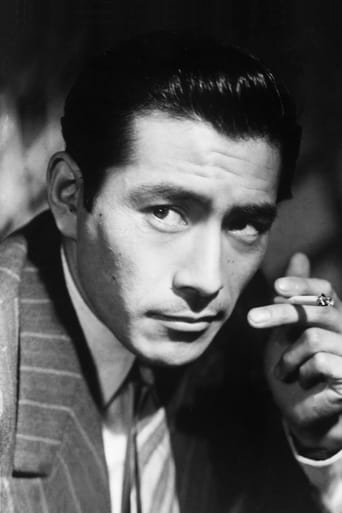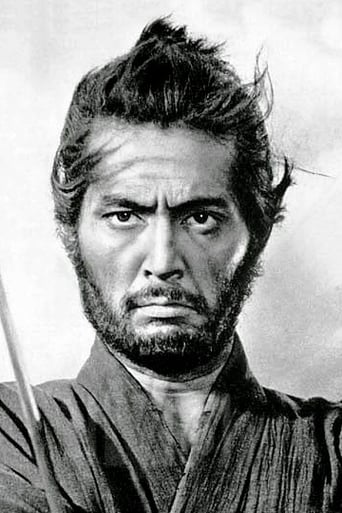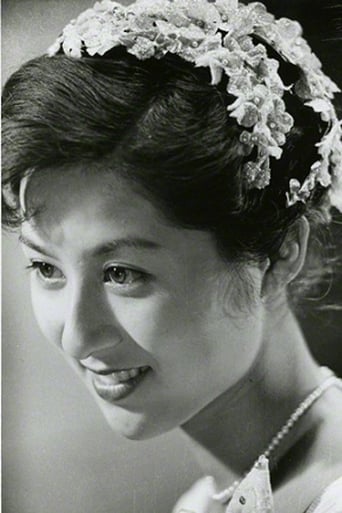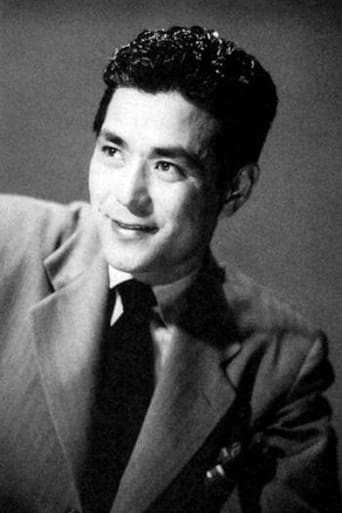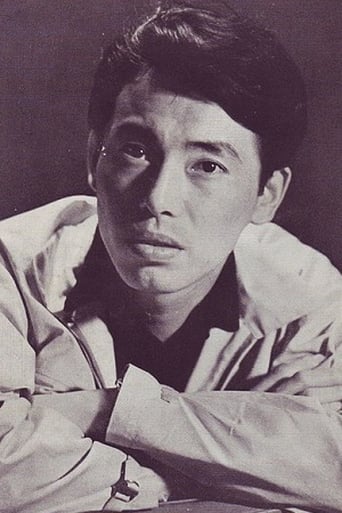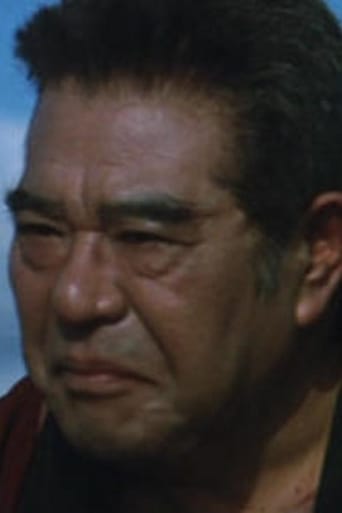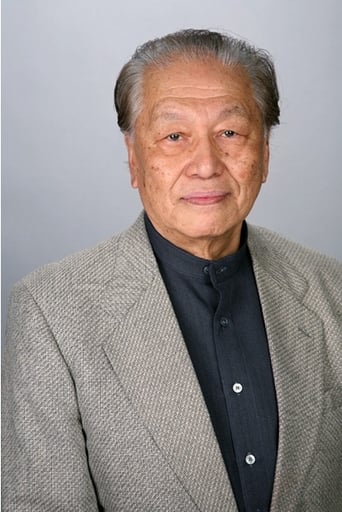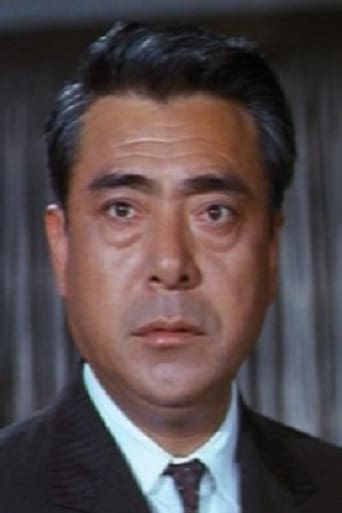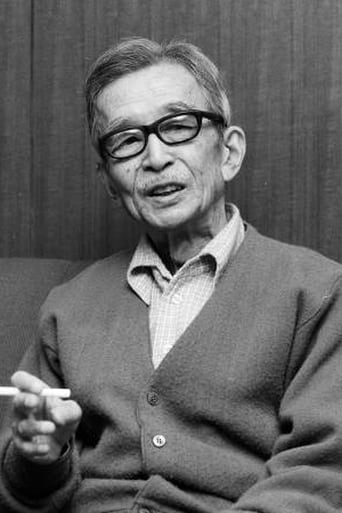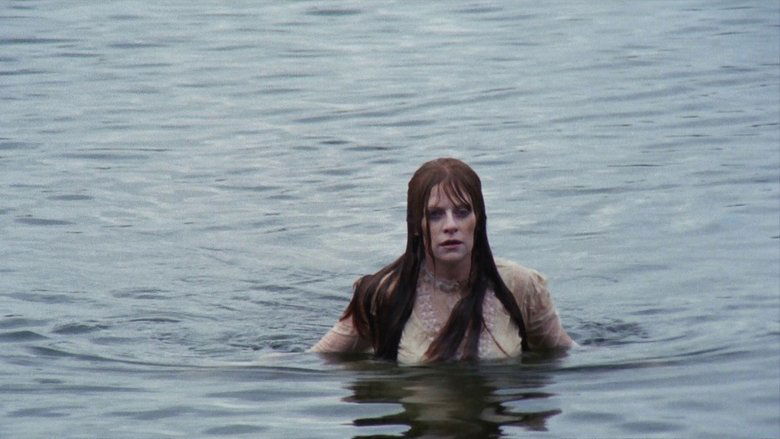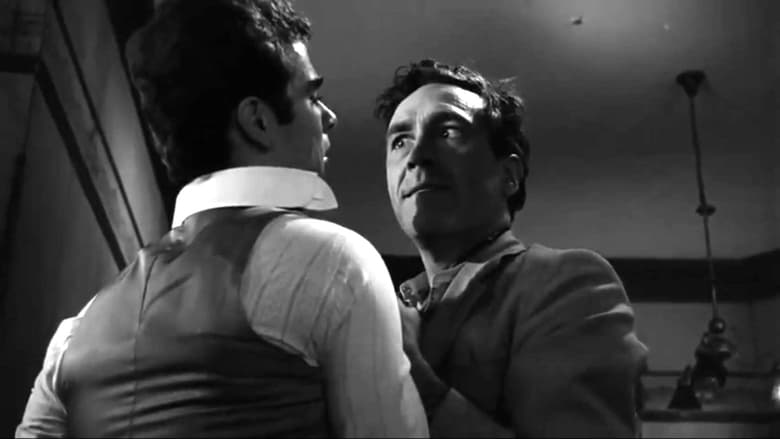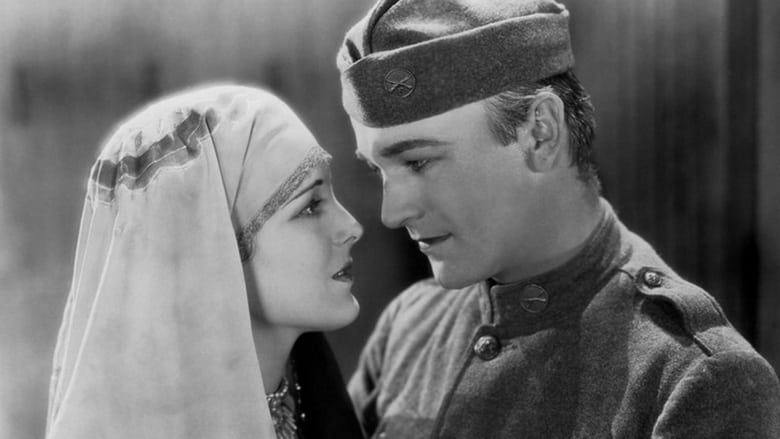In the midst of an attempt to take over his company, a powerhouse executive is hit with a huge ransom demand when his servants son is kidnapped


Similar titles
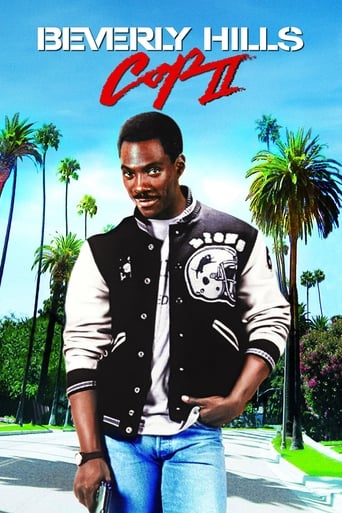
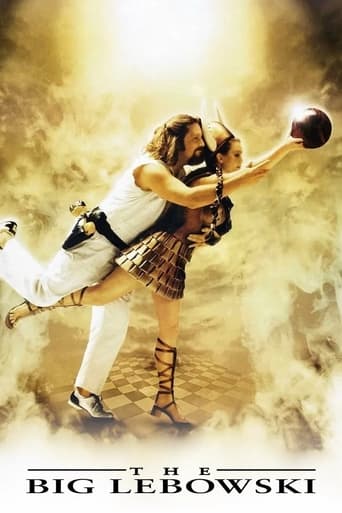
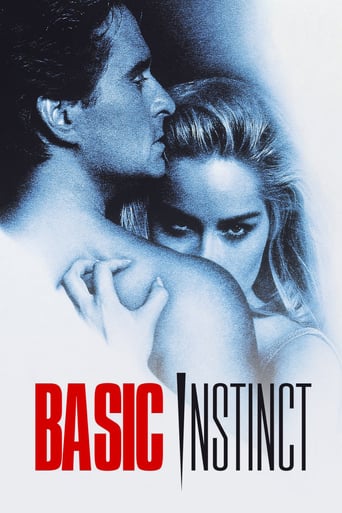
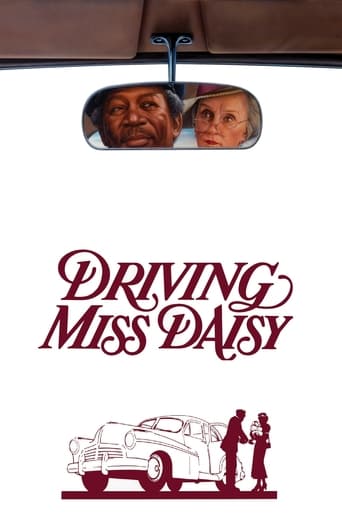
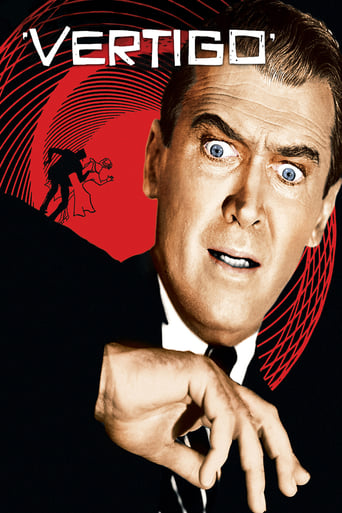

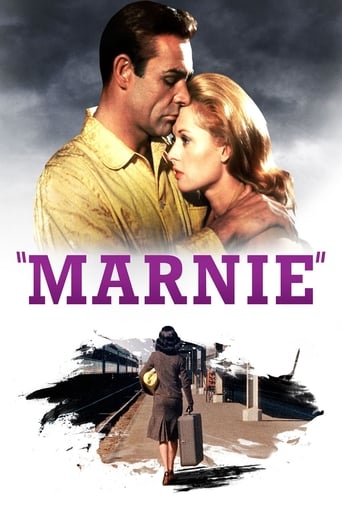
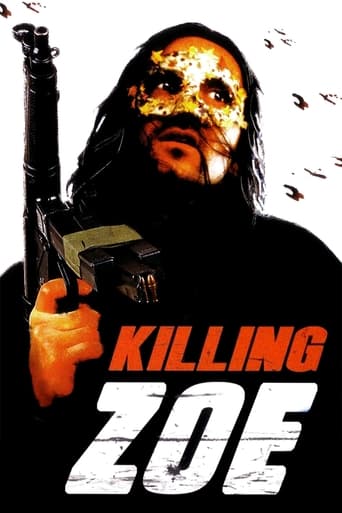
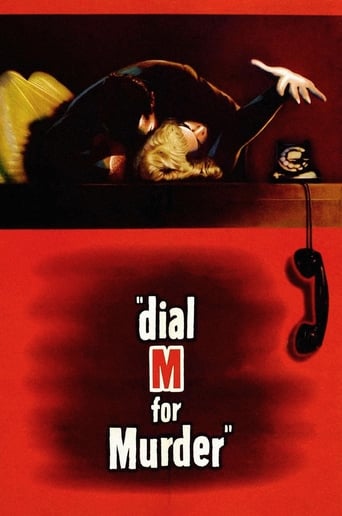
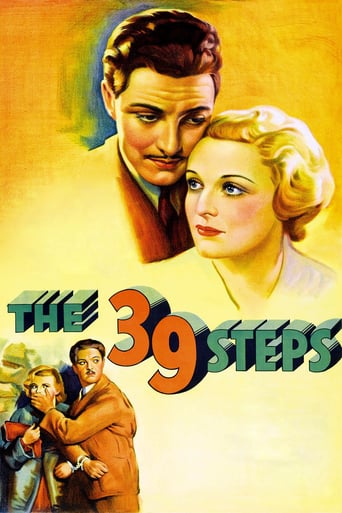
Reviews
High and LowThe key to being a successful kidnapper is never targeting families with twins or triplets. However, the dimwitted abductor in this thriller can't even swipe the correct kid.Just as capitalist Kingo (Toshiro Mifune) is about to use his enormous wealth to acquire a company, he receives a phone call from a mysterious man informing him that his son has been kidnapped and that a ransom is demanded.While Kingo agrees to put his purchase on hold to save his son, that all changes when it is learned that the captors took Kingo's chauffeur's son by mistake. Worse, they still want Kingo to pay the ransom.A classic kidnapping caper elevated by an impossible moral quandary, director Akira Kurosawa's black-and-white 1963 adaptation of the American novel is beautifully shot, briskly pace and dynamically performed by Kurosawa's main muse Mifune. Nevertheless, abducted Japanese children are still expected to maintain a respectful GPA. Green Light vidiotreviews.blogspot.ca
An executive of a shoe company (Toshiro Mifune) becomes a victim of extortion when his chauffeur's son is kidnapped and held for ransom.The first thing to notice is the interesting screen dimensions (which are handy for subtitles). Few films seem to have such a wide screen and narrow top-to-bottom height.The film is loosely based on "King's Ransom" (1959), by Ed McBain. Others see different influences. The Washington Post wrote of the film, "High and Low is, in a way, the companion piece to Throne of Blood—it's Macbeth, if Macbeth had married better. The movie shares the rigors of Shakespeare's construction, the symbolic and historical sweep, the pacing that makes the story expand organically in the mind." No matter what you see, this is definitely a strong addition to Kurosawa's resume, and a great police procedural that deserves more praise than it seems to get.
High and Low is an interesting film noir-type thriller, based on the novel King's Ransom by Ed McBain. Like Ikiru, it's split in two parts, and again the first one is better. The first part is more minimalistic but more thrilling. It has fewer characters, only one set, simple dialogues and some really intense moments. The second part has more characters, locations, long-winded explanations and dragged-out scenes, which made me lose interest a few times. I do, however, like the ending, as well as the pink smoke scene (I mean, who doesn't love that one?). Like many other Kurosawa's films concerning social issues he filmed beforehand, High and Low also criticizes the post-war intrusion of American culture on Japan, often through subtle moments such as the two boys at the start playing cowboys, or sometimes a bit more bluntly, like in the night club scene, where American music is played and there are many Americans among the crowd.However, the most important aspect of the film, brought up even in its title, concerns social classes. The two halves of the movie are completely different as I mentioned, in every way imaginable. The first half is set in Gondo's luxurious home which oversees the rest of the town. Gondo's home is very empty and quiet. The camera is static and timid. The second half moves locations frequently, is very loud and messy, and the camera is dynamic. All of those effects are here to further describe the difference between the two worlds. The film ends with a confrontation between Gondo and the kidnapper (High and Low), when Gondo realizes that the kidnapper is very similar to him and with that moment of realization Kurosawa sends the message that the people of both classes should be considered equal.7,5/10
Though High and Low is a great film in its own right and a shining example of Akira Kurosawa's genius and the success of this structural experiment, the stunningly canvassed characters with their layers and depth, wonderful performances, fluid camera-work and beautifully lit sets. The film does not rank amongst the best of Kurosawa's body of work; the ending in many ways felt unresolved or at least resolved to an extent but in an unsatisfying manner. Gondo makes the choice which he feels is the moral decision and gives away all he owns to save another's child and forgoes his opportunity to own the company he has given his blood, sweat and tears to. Even though the boy lives, they catch the kidnappers and most of Gondo's money is recovered and returned to him, it's not enough. His house and all of his belongings are repossessed and he has to start all over again. But in saying that isn't that Kurosawa's point? How much do we actually need, how much is enough and how much of what we own and posses is just overindulgence? The social commentaries made by Kurosawa fifty years ago still ring true today in the modern economic climate. Lessons can be taken from the film through both perspectives of the class spectrum; the rich would not exist without the poor and vice verse. But if equality is ever to be reached society must find a way to bridge the gap between the class', perhaps if the wealthy took a a page from Gondo's book and made a sacrifice that would be a start.
